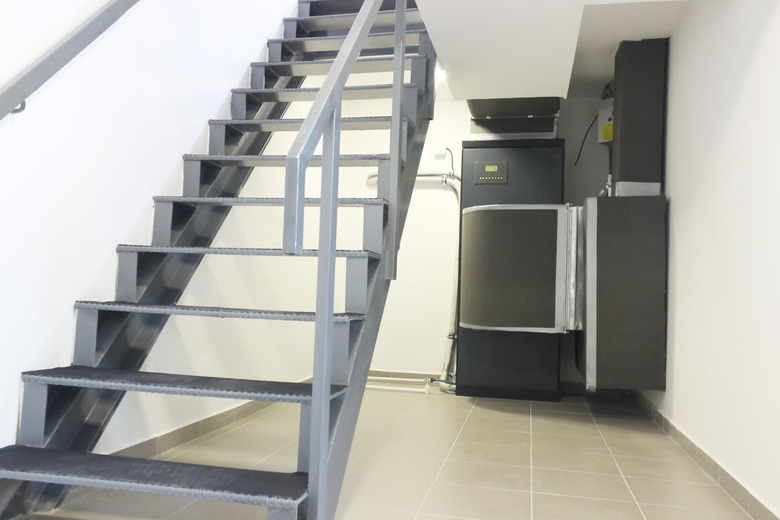Where Is The TXV Located On An A/C Unit?
Air conditioners are packed with lots of small, intricate parts that most homeowners can't identify or even name. However, learning about parts like the thermal expansion valve, or TXV, helps you better understand the system and allows for testing components, identifying problems, and handling basic maintenance. The TXV has a distinct shape and components with an easily accessible location, making it quick to find if you know what you're looking for.
Tip
The TXV is located near the indoor evaporator unit of your air conditioner. The main part of the valve is installed on the liquid line, while a capillary tube and bulb sensor are connected to the suction line.
What Is a TXV?
The TXV in your central air conditioning system is a metering device that's designed to regulate the refrigerant flow into the evaporator. It adjusts the flow based on the cooling load to ensure the refrigerant level in the evaporator is correct. Too little refrigerant makes the unit work harder. Excess refrigerant can cause it to build up at the bottom of the input line in the evaporator.
It's a small component, but the TXV plays an important role in your system's operation. It helps the unit work more efficiently, which can save on your utility bills and keep your system running well without excess wear. If your TXV isn't working correctly, it can cause the system to work harder and could lead to internal damage to some of the HVAC components.
The refrigerant enters the valve as a high-pressure liquid. The TXV then controls how much of the refrigerant goes into the evaporator, reducing the pressure as it does so.
What Does It Look Like?
Recognizing the main components of a standard TXV can help you spot it in your HVAC system setup. A TXV consists of the main valve, an equalization line, and a sensing bulb. The main part of the valve is a T-shaped body made from brass. You'll also see an inlet and outlet port on the body. The equalization line is typically made of flexible copper and has a threaded flare fitting for connecting to the suction line. The sensing bulb is a small cylinder at the end of a coiled wire; both typically are made of stainless steel.
Location of the TXV
To find the TXV, grab a flashlight and head to the evaporator unit, typically installed in line with a furnace or the indoor air handler of your central air conditioning system. The liquid line coming from the systems condenser connects to the inlet port on the TXV valve. The equalization line stretches from the valve and connects to the suction line via an access port on the line.
The sensing bulb sits near the outlet of the evaporator and is typically strapped to the top of the suction line with a clamp. It might be covered with insulation tape to ensure it only senses the refrigerant rather than ambient temperatures. The bulb's job is to sense temperature changes, which result in movement of the diaphragm inside the TXV valve. This increases or decreases the flow of refrigerant through the valve to maximize system efficiency.
